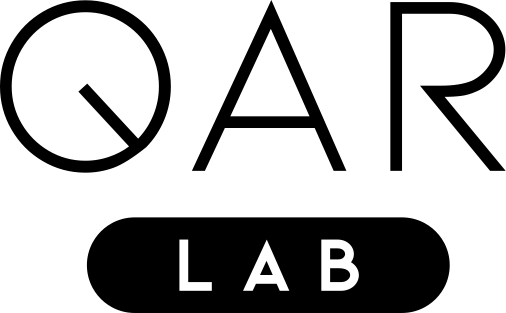Paper-QSP
Qandle: Accelerating State Vector Simulation Using Gate-Matrix Caching and Circuit Splitting
Gerhard Stenzel, Sebastian Zielinski, Michael Kölle, Philipp Altmann, Jonas Nüßlein, and Thomas Gabor
Abstract
To address the computational complexity associated with state-vector simulation for quantum circuits, we propose a combination of advanced techniques to accelerate circuit execution. Quantum gate matrix caching reduces the overhead of repeated applications of the Kronecker product when applying a gate matrix to the state vector by storing decomposed partial matrices for each gate. Circuit splitting divides the circuit into sub-circuits with fewer gates by constructing a dependency graph, enabling parallel or sequential execution on disjoint subsets of the state vector. These techniques are implemented using the PyTorch machine learning framework. We demonstrate the performance of our approach by comparing it to other PyTorch-compatible quantum state-vector simulators. Our implementation, named Qandle, is designed to seamlessly integrate with existing machine learning workflows, providing a user-friendly API and compatibility with the OpenQASM format.
Quantum Circuit Construction and Optimization through Hybrid Evolutionary Algorithms
Leo Sünkel, Philipp Altmann, Michael Kölle, Gerhard Stenzel, Thomas Gabor, and Claudia Linnhoff-Popien
Challenges for Reinforcement Learning in Quantum Circuit Design
Philipp Altmann, Jonas Stein, Michael K¨olle, Adelina B¨arligea, Maximilian Zorn, Thomas
Gabor, Thomy Phan, Sebastian Feld, and Claudia Linnhoff-Popien
Abstract
Quantum computing (QC) in the current NISQ era is still limited in size and precision. Hybrid applications mitigating those shortcomings are prevalent to gain early insight and advantages. Hybrid quantum machine learning (QML) comprises both the application of QC to improve machine learning (ML) and ML to improve QC architectures. This work considers the latter, leveraging reinforcement learning (RL) to improve quantum circuit design (QCD), which we formalize by a set of generic objectives. Furthermore, we propose qcd-gym, a concrete framework formalized as a Markov decision process, to enable learning policies capable of controlling a universal set of continuously parameterized quantum gates. Finally, we provide benchmark comparisons to assess the shortcomings and strengths of current state-of-the-art RL algorithms.
The UQ Platform: A Unified Approach To Quantum Annealing
Abstract
Quantum Annealing is an algorithm for solving instances of quadratic unconstrained binary optimization (QUBO) that is implemented in hardware utilizing quantum effects to quickly find approximate solutions. However, QUBO can obviously also be solved by any classical optimization technique, for which various implementations exist. The UQ platform provides a unified interface to various means of solving QUBO that allows for a seamless switch between classical and quantum methods while implementing features such as load and user management.
IEEE 5th International Conference on Computer and Communication Systems (ICCCS 2020)

